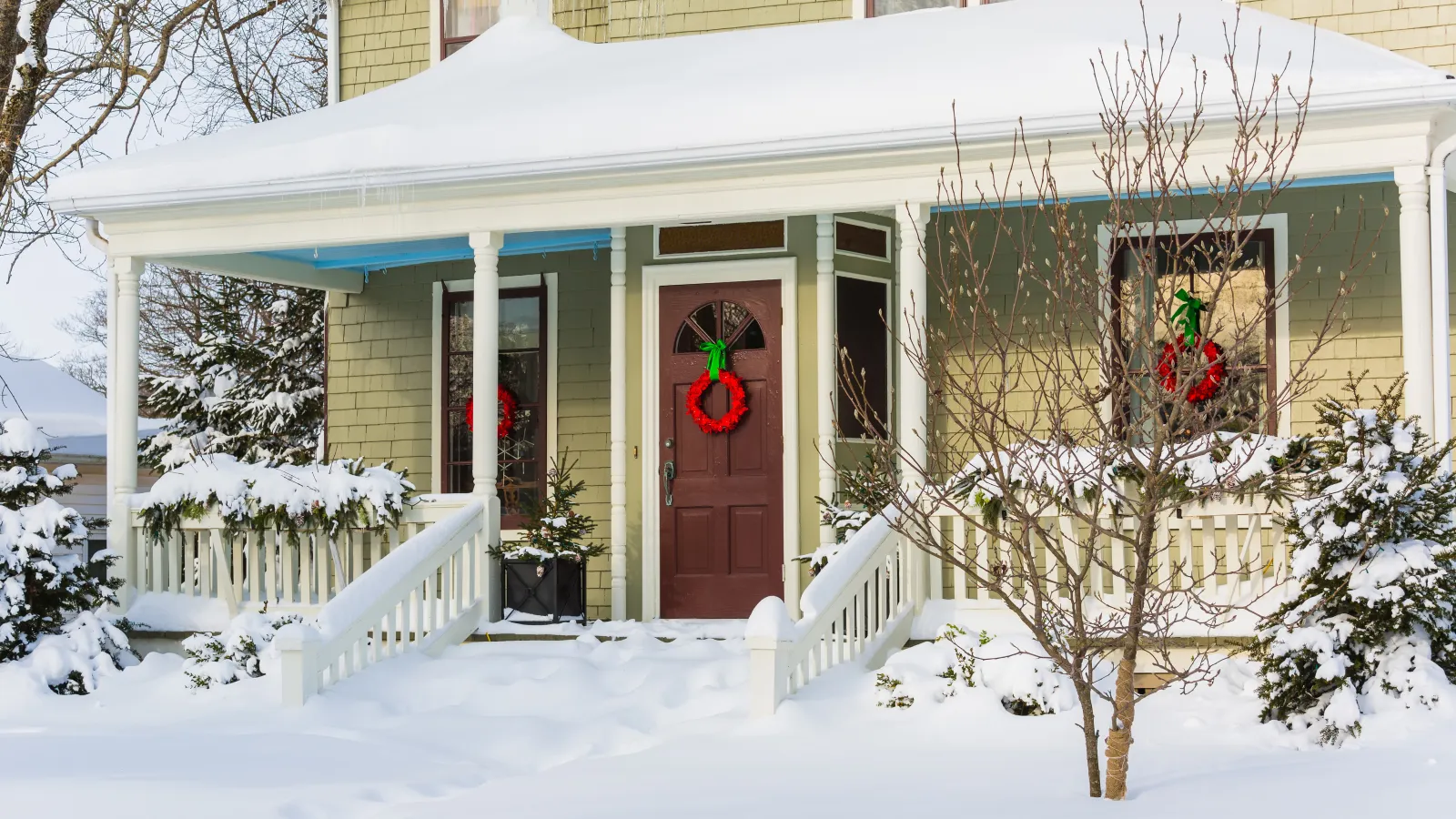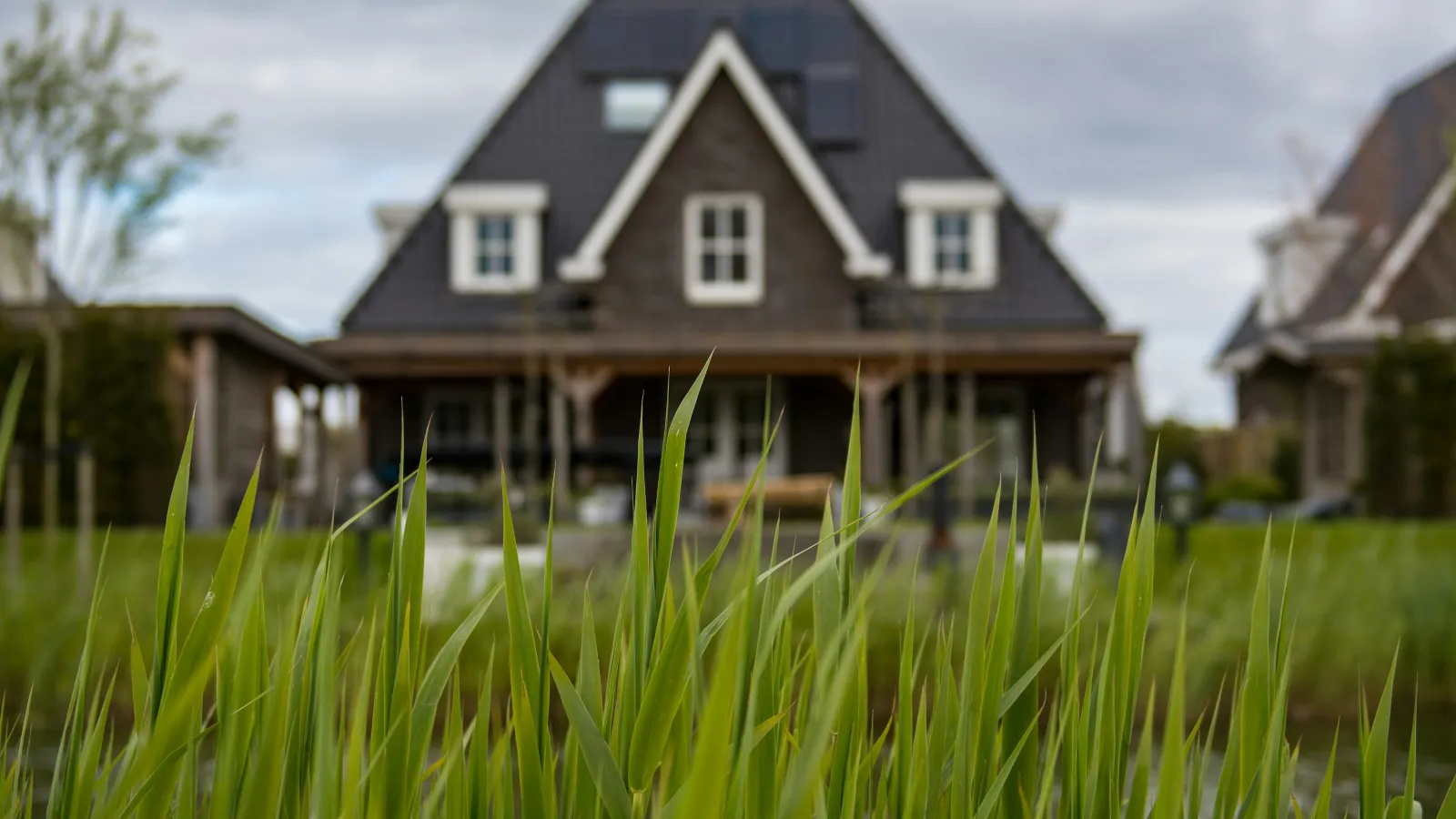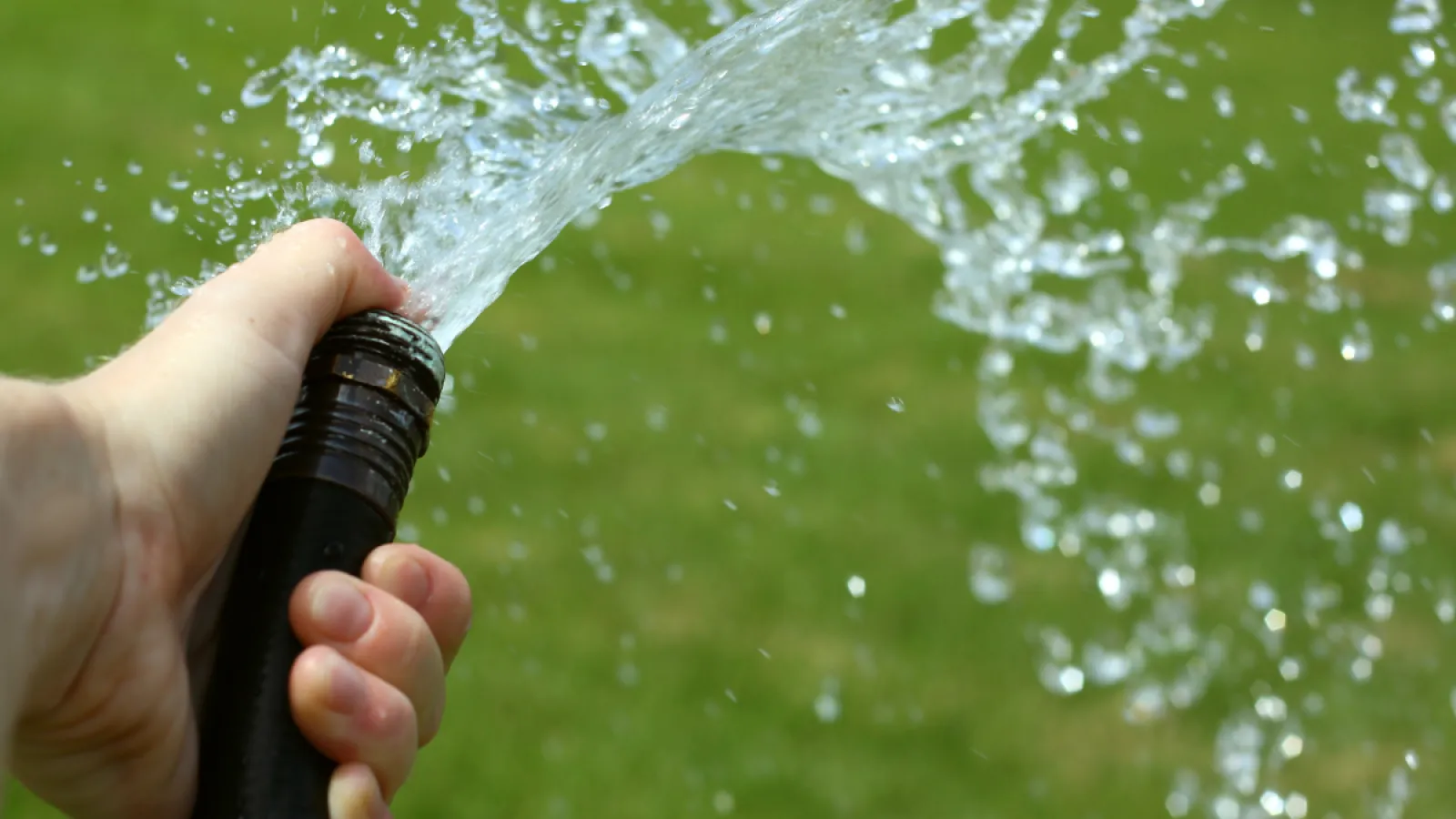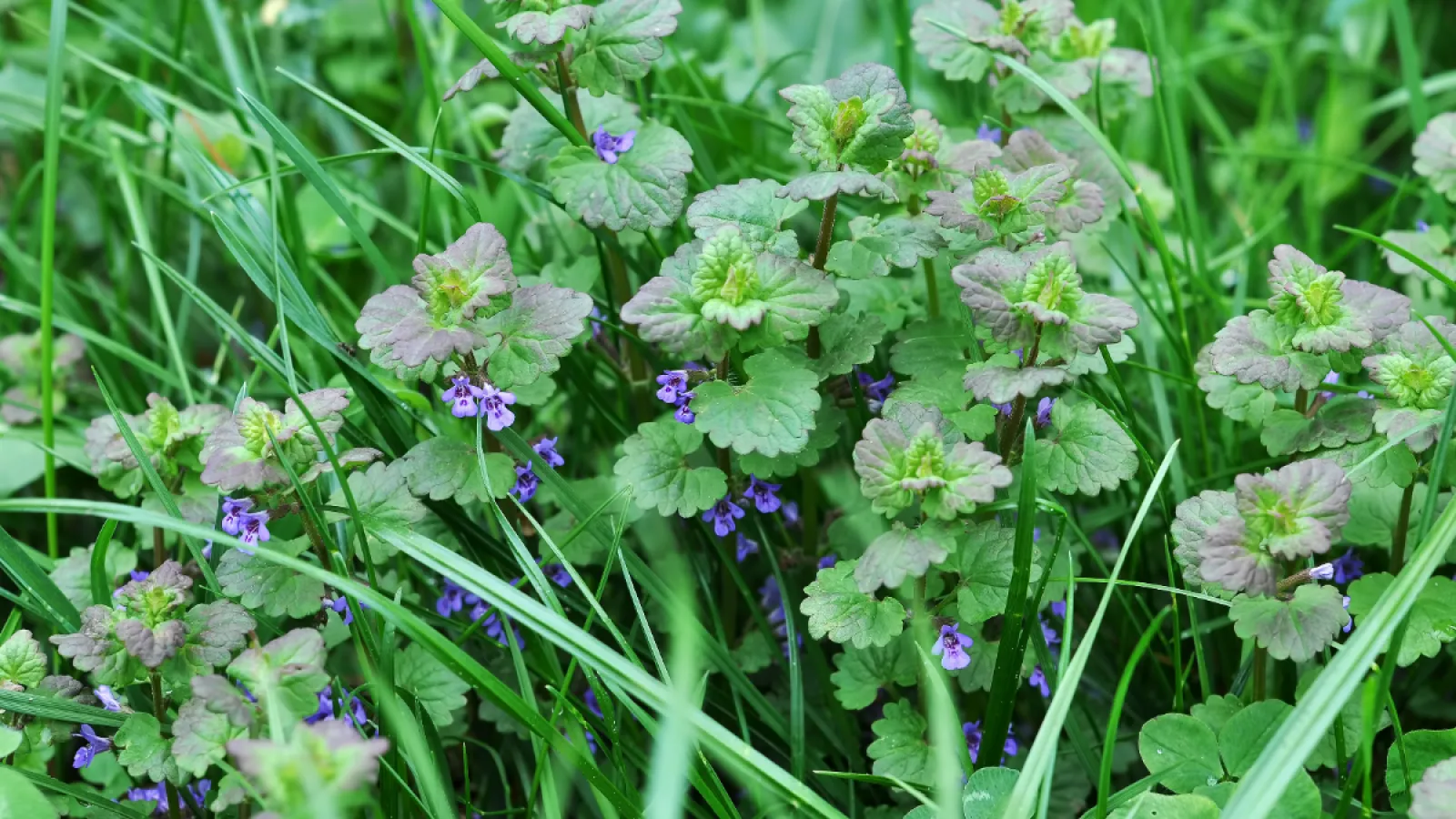
The Effects of Snow on Your Grass
The effects of snow on your southern lawn are usually not a problem because of the low amount we get. However, there can be issues that arise and the way you treat your lawn during snowfall matters. With the early arrival of snow this winter, here are some important things to consider.
Most turf is dormant in the winter unless you have Fescue, which is a cool-season grass. If your grass is green in the colder months, you likely have Fescue, but you can discover the type of grass you have here (or give us a call). Though warm-season grass is dormant, it is very much alive and waiting to grow green again in the spring. But whether your grass is dormant right now or not, snow can have an impact on your lawn health.
The Risk of Snow Mold
As snow thaws on your grass, a fungal disease called snow mold can begin to spread. This disease is most common in the Northeast and on cool-season grasses; however, we sometimes see snow mold in the south when we have snowy winters. Snow mold appears long after the snow is gone. Gray-colored circles will begin to appear on your lawn when your grass is trying to grow in the early spring.

Snow mold often occurs in areas where the snow is piled up (like where you built that snowman for your kids). Therefore, you'll want pay attention to your grass in those area after the snow is gone. Lawns that are properly fertilized prior to the winter will fare best against snow mold. If you are worried about the threat of this disease, contact us.
Frozen/Frosty Grass Problems
While snow only affects the grass blade above ground that you can see, ice and freezing temperatures can get a little deeper into your grass. Most of your grass has stored energy in the root system, and will grow new grass blades when the soil temperature warms up and the soil is moist. However, walking on your lawn in freezing temperatures and snow can result in footprints imprinted in your grass for a while, fracturing the grass. Be extra cautious as you're outside enjoying the snow.
When a lawn is frosted, the grass blades are literally frozen. Any activity on the lawn while it is frosty, like walking on it or mowing it, will "break" the grass blade and damage the lawn.
It will recover eventually, but it may not fully bounce back until the following spring. When a heavy object presses down onto the blades, the expanded water molecules slice through the grass and cause significant cellular damage. The blades often produce a white or beige hue from being crushed along with the icy frost.
Preventative Practices in Snowy Weather
One of the most practical ways to prevent light frost effects across your grass is watering the turf the night before. A deep watering allows the moisture to evaporate slowly overnight. This evaporation creates friction and heat around the grass blades. As the night air temperature drops below freezing, your grass flush with the ground has a slightly higher temperature from the evaporative heat processes.
Your turf cannot reach the freezing temperature needed for water molecule expansion that causes so much widespread turf dieback.
Waiting for Spring
As spring approaches and your lawn starts to green, you may notice blotchy areas due to winter kill. This is often in areas that took longer to thaw out due to lack of sunlight or a larger collection in one area of the lawn. You may start to notice strips of brown grass. Give us a call as soon as you notice this, and we can start to treat the area. The grass likely needs nutrients to get strong and grow again. We'll be able to diagnose the problem and find a solution that's going to work for your unique yard.
Remember, a healthy lawn is much more resilient throughout the winter months. Keeping your lawn healthy and protected all year can improve its durability. Our synchronized weed and fertilization program includes a lime application to provide the right nutrients for proper soil pH balance.
Request a free quote now to get started with our 8-round lawn program.


